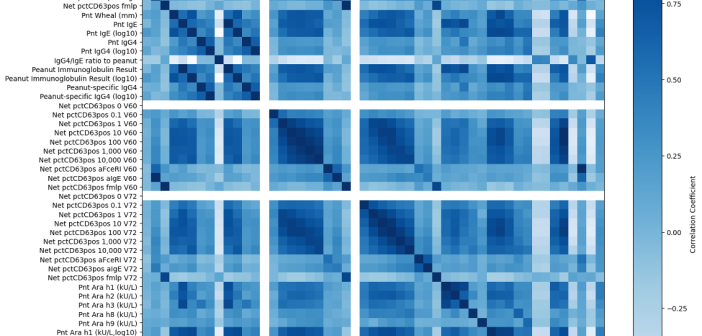The SAS Data Science Blog
Advanced analytics from SAS data scientists
As part of this year's IEEE Visual Analytics Science and Technology (VAST) Challenge, a group of SAS data scientists puit SAS Viya and related machine learning tools to the ultimate test - to identify individuals in a complex fishing network. Excitedly, the team received the Honorable Mention Award for Breadth of Investigation!

What sets the SAS Model Card apart from previous model cards is the use of descriptive visuals, to make model cards accessible to all personas involved in the analytics process, including data scientists, data engineers, MLOPs engineers, managers, executives, risk managers, business analytics, end-users, and any other stakeholder with access to the SAS Viya environment.

When using LLMs, managing toxicity, bias, and bad actors is critical for trustworthy outcomes. Let’s explore what organizations should be thinking about when addressing these important areas.

Learn how an intern integrated SAS Viya® and open-source code (Python) into a Machine Learning project to combine their strengths within the context of predictive modeling, and to show off the variety of ways this integration can be accomplished.

Where GPT-4o is concerned for computer vision, SAS' Jonny McElhinney, Julia Florou-Moreno, and Priti Upadhyay advocate a trust-but-verify approach.

A recent article came out with an updated list of necessary components for MLOps and LLMOps. And while this list may seem long, reading through the capabilities and components, I realized that SAS Viya already covers most of the required functionality. Organizations can have a hodgepodge of tools that they




